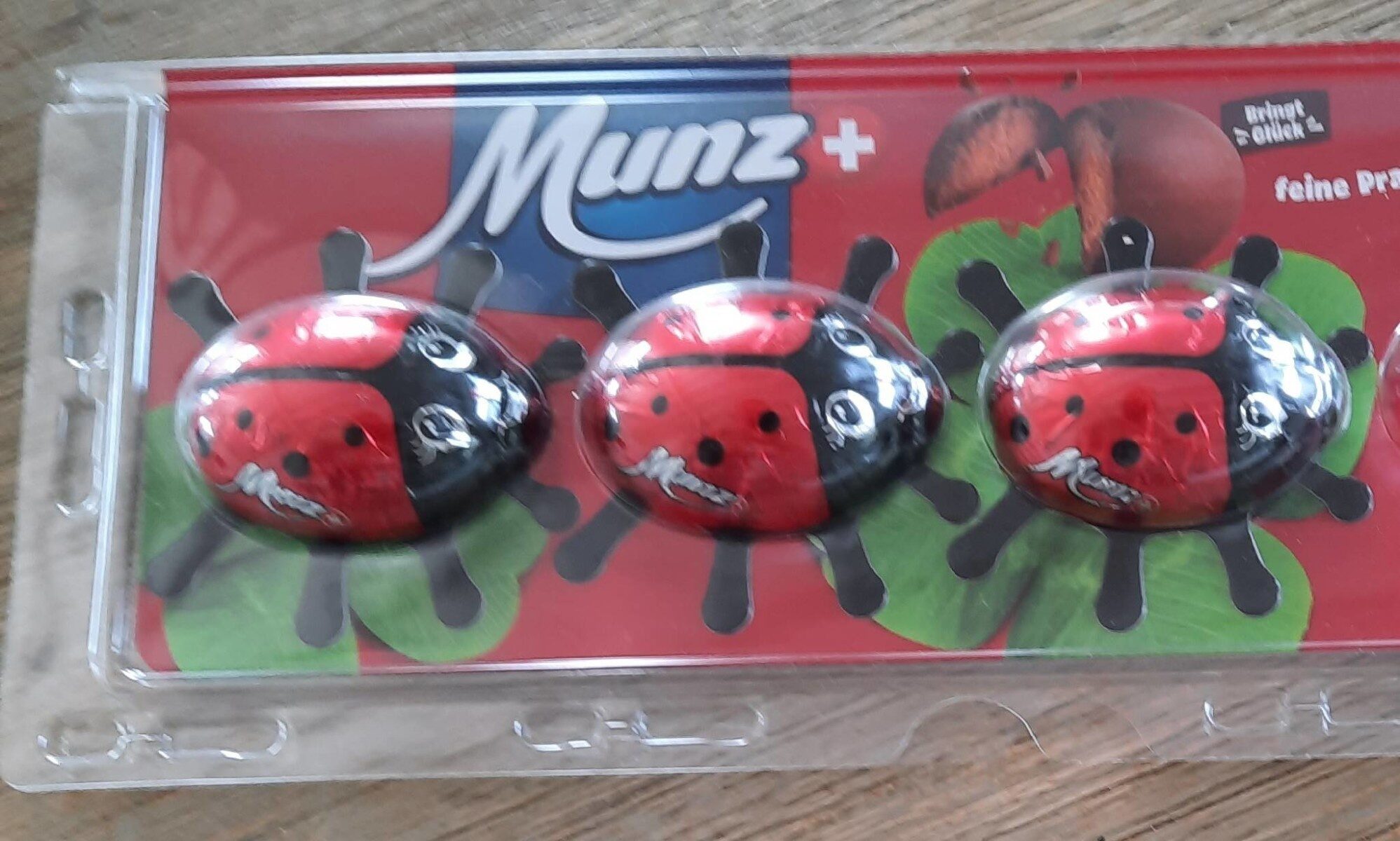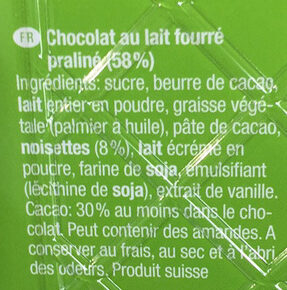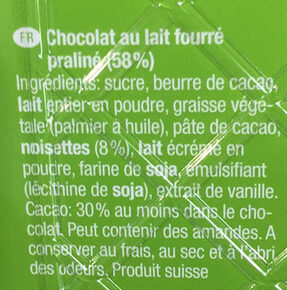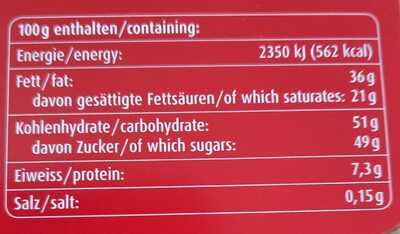Munz - 64 g
This product page is not complete. You can help to complete it by editing it and adding more data from the photos we have, or by taking more photos using the app for Android or iPhone/iPad. Thank you!
×
Barcode: 7610041010246 (EAN / EAN-13)
Common name: Chocolat au lait fourré praliné (58%)
Quantity: 64 g
Packaging: Metal, Plastic, Pet-polyethylene-terephthalate, Recyclable Metals, Aluminium, fr:Green Dot
Brands: Munz
Categories: Snacks, Sweet snacks, Cocoa and its products, Confectioneries, Chocolate candies, Bonbons
Labels, certifications, awards:
Green Dot
Manufacturing or processing places: Switzerland
Countries where sold: Switzerland
Matching with your preferences
Environment
Packaging
Transportation
Report a problem
Data sources
Product added on by openfood-ch-import
Last edit of product page on by moon-rabbit.
Product page also edited by foodrepo, kiliweb, packbot, torredibabele, yuka.sY2b0xO6T85zoF3NwEKvlhRDA9D0rWmdNTzfkxSK2deBA63Xe_xJyNXcbKo.










